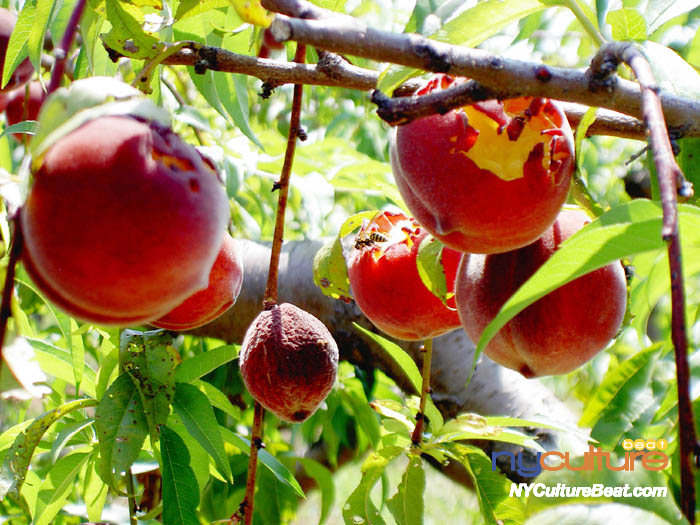Oh Sae-young, Fruit

Fruit
Oh Sae-young
I wonder why all the fruit in the world
have to be round.
On the spiny branches of the thorny orange
the scented fruit alone are round.
The roots delving down down into the ground
are sharp,
the branches stretching up up into the sky
are pointed,
but the fruit, quite able to ripen and drop for themselves,
show no signs of any angles.
A single crab-apple
that can be bitten and devoured in a single
munch
the teeth of the eater may be sharp
the crab-apple being eaten is soft.
Did you ever realize that
everything that is coming into being is round?
that fruit, knowing they are going to be eaten,
never develop angles?
Translated by Brother Anthony
 오세영 (1942- )
오세영 (1942- )
전라남도 영광에서 태어나 서울대 국문과와 동대학원 졸업. 보성여고 교사와 충남대 교수를 거쳐 서울대 교수를 지냄. 1968년 현대문학에 시 ‘잠깨는 추상’으로 데뷔. 소월시문학상, 정지용문학상, 편운문학상, 공초문학상, 만해문학상 등 수상. 시집으로 ‘바람의 그림자’’수직의 꿈’’푸른 스커트의 지퍼’ 등이 있다.
Oh Sae-young (1942- ) was born in Yongkwang, South Cholla Province. He graduated from the Korean Language and Literature Department of Seoul National University, where he is at present a professor. He initiated his literary career in April 1965, when poems including Saebyok and Nalgae were recommended and published in the review Hyondae Munhak. His published volumes of poetry include Pallanhanun pit'(1970), Kajang oduun nal chonyoke (1982), Mumyongyonsi (1986), Pult'anun Mul (1988), Sarangui chocchok (1990), Kkotturun pyorul urorumyo sanda (1992), Orisokun Hegel (1994), Nunmure orinun hanul kurimja (1994). He was initially fascinated by Modernism, and attempted to represent inner landscapes of the dislocated self produced by industrial society. From there, he gradually moved in the direction of a quest for an ontological authenticity in life. Later, he attempted to explore the existential meaning of things by means of oriental modes of thought. His poetry as a whole is characterized by the pursuit of a harmonious fusion of the lyrical with the ideological, and the desire to give new formal expression to tradition by the techniques of Modernism.







